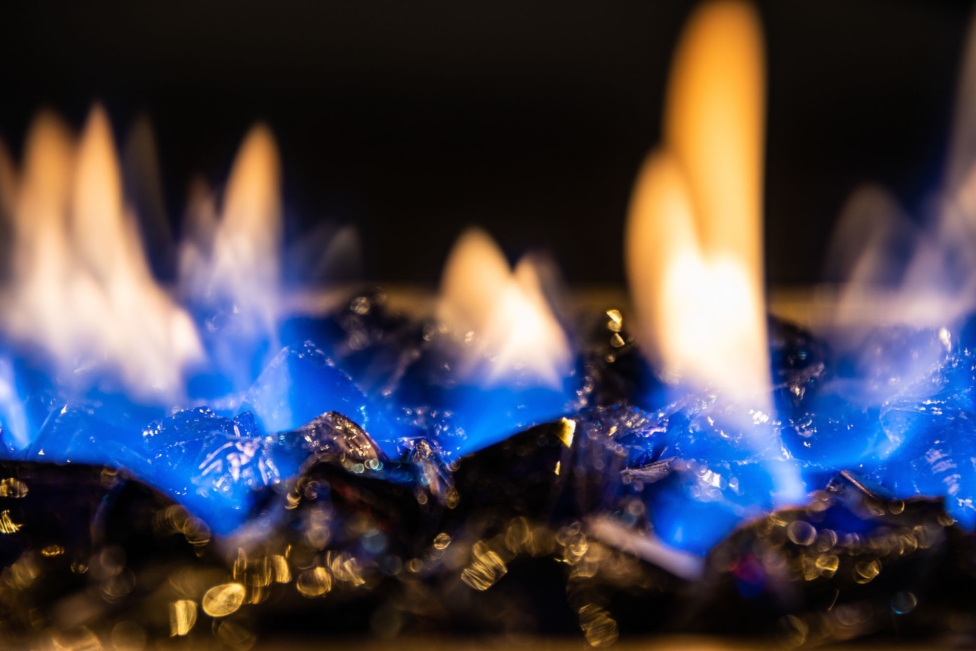
Natural Gas vs Propane Fire Pit Burners: How to Choose What Fits Your Space and Lifestyle
Adding a fire feature should make your outdoor space easier to enjoy and less stressful. But choosing between natural gas vs propane fire pit burners often feels more complicated than it needs to be. Which setup gives you more flexibility? Will it cost more to run over time? How will it look in your yard? This guide breaks down the difference in a way that supports how you use your space, so your fire pit feels like an upgrade, not a hassle.
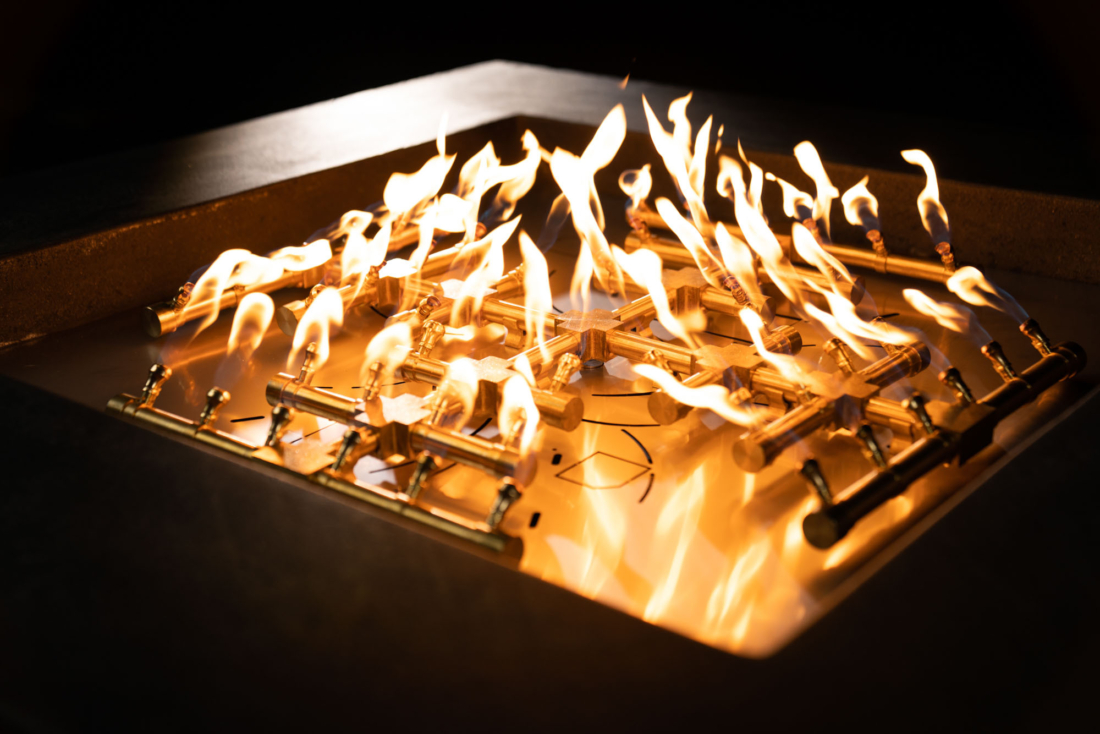
Make the Right Choice for How You Live
This isn’t just about fuel. It’s about how much effort you want to put in and how often you plan to use the fire pit. Natural gas connects to a permanent line, while propane runs from a portable tank. One gives you set-it-and-forget-it comfort. The other offers the freedom to move things around when needed.
Propane works well if you:
- Rearrange outdoor furniture seasonally
- Want a quick setup without trenching or permits
- Prefer flexibility over permanence
Natural gas fits best if you:
- Already have a gas line near your patio
- Want a fixed, built-in feature
- Prefer not to worry about tank refills
Your space should support your lifestyle. This decision plays a big role in whether your fire pit becomes a fixture or a frustration.
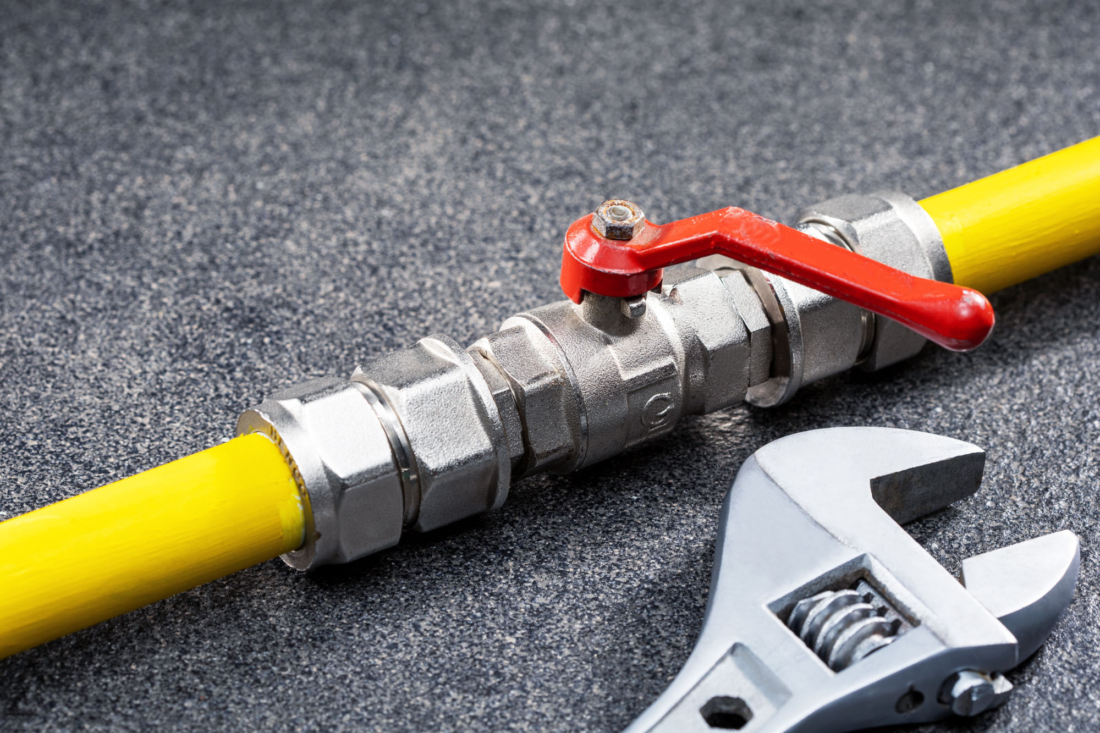
What to Expect from Installation and Setup
Installation varies greatly between the two options. Propane requires no special contractors, while natural gas usually does. Understanding what's involved can save you time, money, and layout issues.
Natural Gas:
- Needs a professional to extend a gas line
- Often requires trenching or structural planning
- Once installed, offers uninterrupted use
Propane:
- Connects quickly with no permanent plumbing
- Doesn’t require a permit or inspection in most areas
- Offers portability—great for patios, decks, or rentals
TrueFlame’s Sanctuary Propane Tank Enclosures are an aesthetic solution for propane users who want a cleaner look. They conceal the tank and double as stylish side tables or platforms.
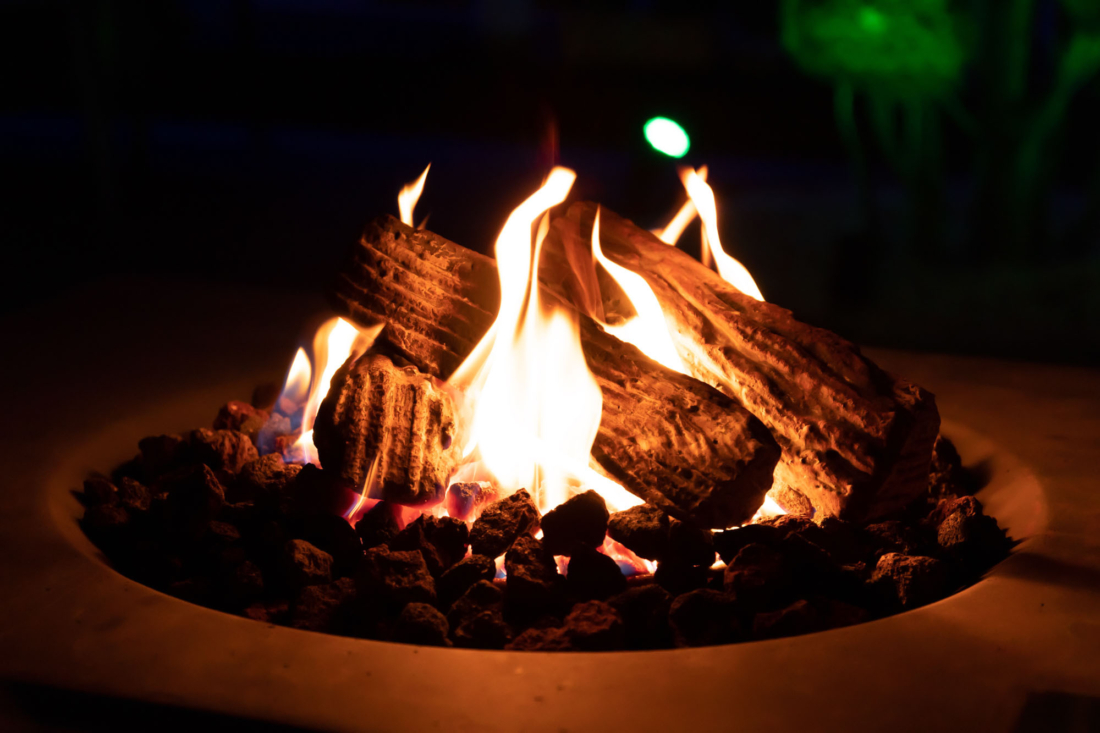
Differences in Flame and Heat Performance
Beyond setup and cost, flame quality matters. You want a fire that feels good, looks good, and works well in your designed space.
Here’s how the experience compares:
- Propane burns hotter and gives off a taller, brighter flame. It’s ideal for open patios or areas where you want more visual presence.
- Natural gas produces a steady, consistent flame. It's an excellent match for longer burn times, like evenings with friends that stretch late into the night.
TrueFlame’s Levelle Fire Bowl and Abode Fire & Water Bowl pair well with either fuel and are designed to distribute heat and shape the flame beautifully, no matter what setup you choose.
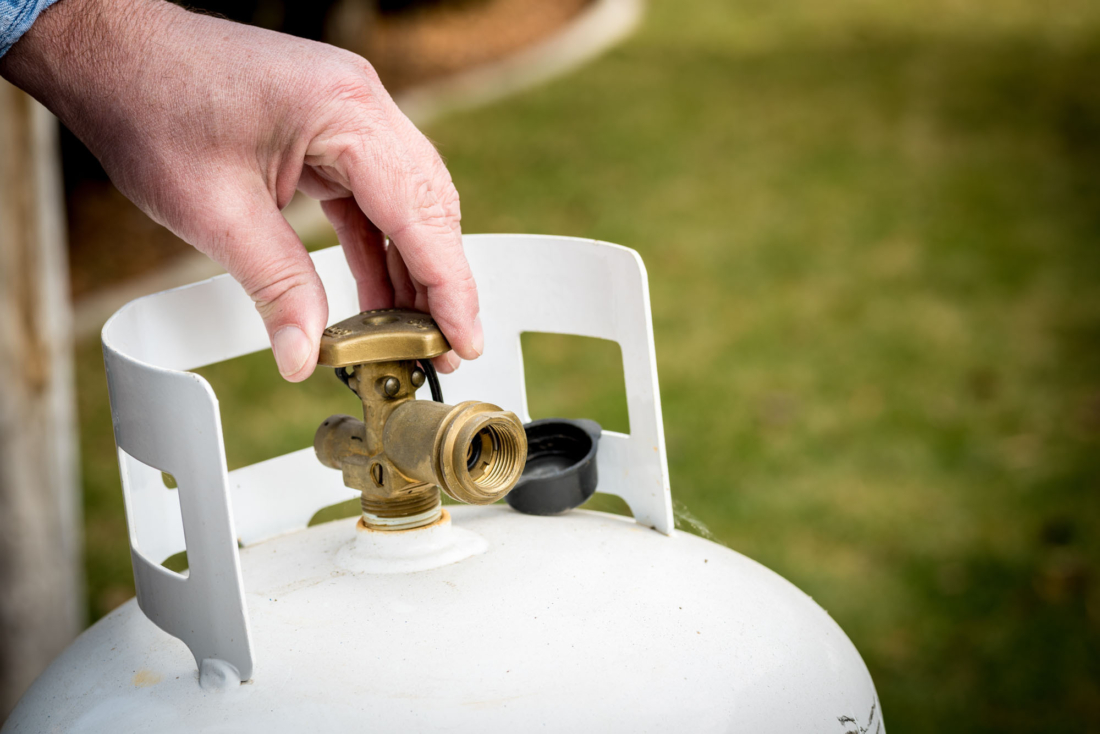
Fuel System Add-Ons That Improve Everyday Use
With the right upgrades, you can get more out of either system. The goal isn't just heat—it's ease, safety, and better design.
For propane setups:
- Use an enclosure to hide the tank and improve your layout
- Install a timer to reduce waste and prevent overuse
- Use fire glass or lava rock to hold and spread heat efficiently
For natural gas systems:
- Add a shut-off key or remote valve for quick control
- Pair with a fire bowl that holds a steady flame shape
- Use wind guards in exposed areas
Whether designing for calm evenings or big gatherings, TrueFlame’s Stainless Steel Sanctuary Series and Pro Series Sanctuary Series give you added control, cleaner visuals, and safer use—all without sacrificing design.
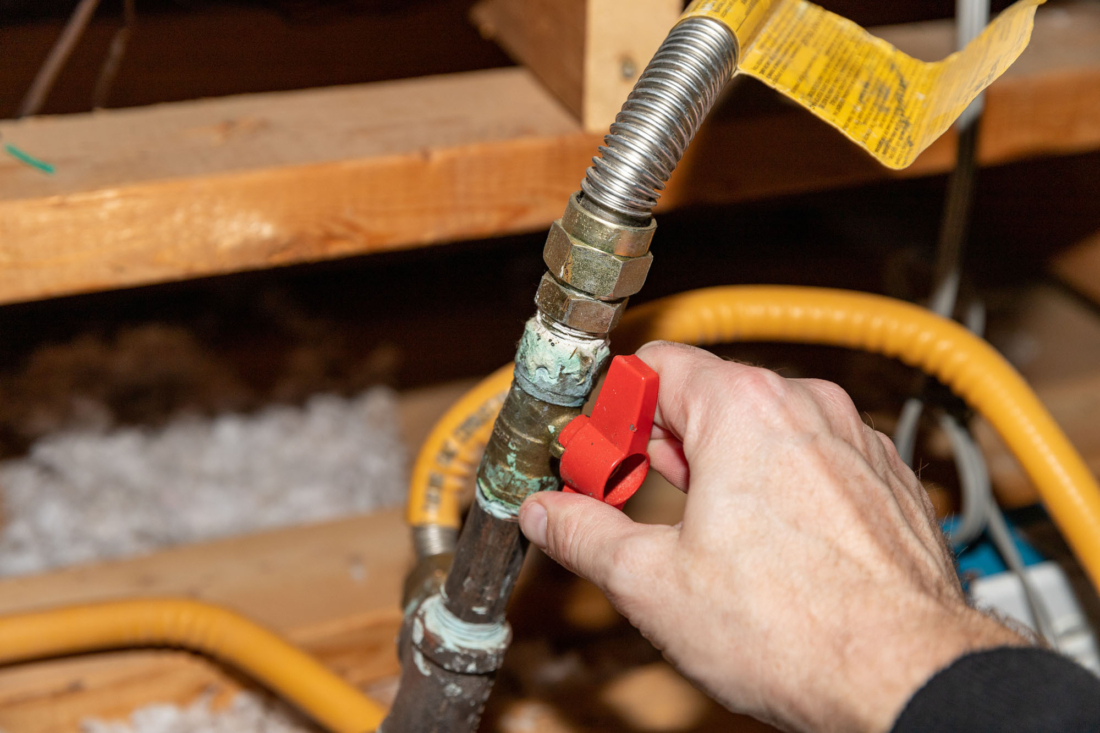
Everyday Maintenance: Less Stress, Better Safety
Routine care helps your fire pit stay reliable and safe all year long. Thankfully, both fuel types are low-maintenance when installed properly. Still, there are key differences in upkeep.
Natural Gas Needs:
- Periodic burner cleaning
- Checking connection points for leaks
- Some protection from extreme weather
Propane Needs:
- Regular tank refills or swaps
- Inspecting hoses for wear
- Safe storage of unused tanks
You don’t need to overthink it. But planning for maintenance upfront gives you a better long-term experience—and fewer surprises when it’s time to relax outside.
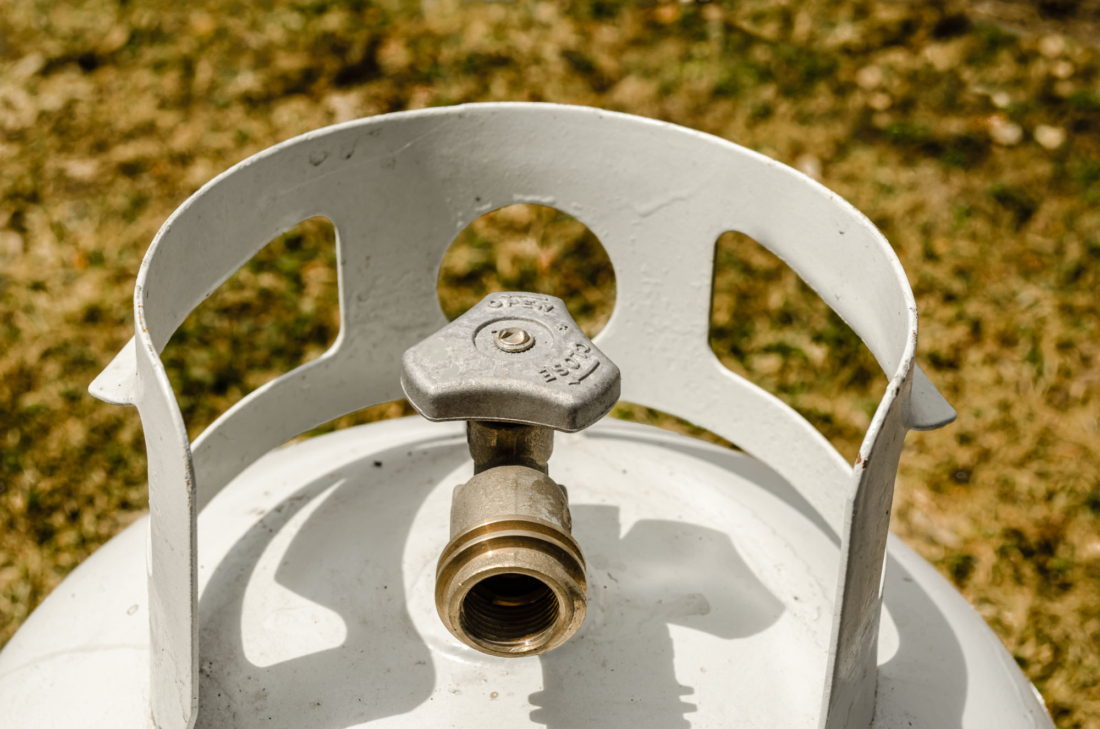
Choosing Between Natural Gas or Propane Fire Pit Burners: What Fits You Best?
This section brings it all together. Use the checklist below to weigh what matters most in your space:
Ask Yourself |
Go With Natural Gas If… |
Go With Propane If… |
Will this be a permanent fixture? |
Yes |
No |
Do I have an existing gas line nearby? |
Yes |
No |
Am I okay with some installation time? |
Yes |
No |
Do I want the option to move things later? |
No |
Yes |
Am I fine refilling tanks? |
No |
Yes |
If your home is already set up for natural gas, that’s a strong starting point. If flexibility and quick setup matter more, propane might fit better. Either way, both choices support long-term outdoor living—if you match the system to your needs.
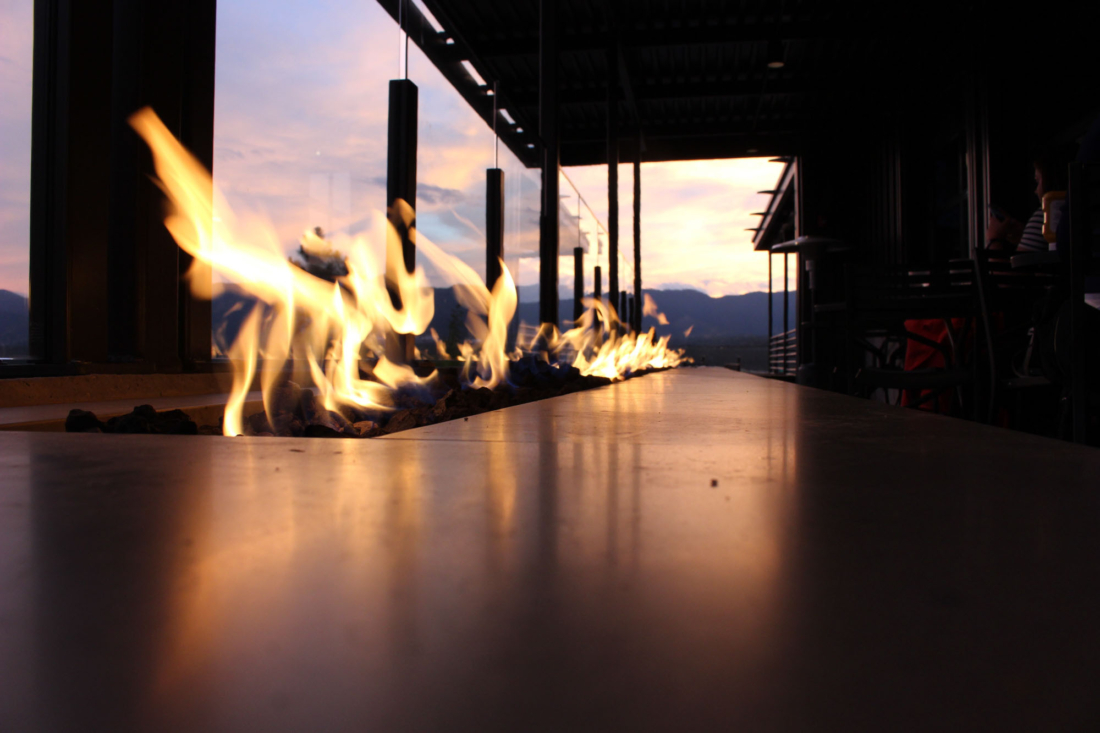
Design a Fire Feature That Fits Your Life
Your fire pit should add comfort and style, not stress. With fuel options that work around your space, and accessories that match your layout, TrueFlame offers the tools to create a space that stays warm, looks great, and remains simple to use.
Whether you choose natural gas or propane, TrueFlame products are built for performance and design:
- Burners and Kits that fit both fuel types
- Stylish propane enclosures that clean up your layout
- Fire bowls and systems that balance beauty with heat output
You don't need to guess. Match your setup to how you use your space, and build from there.